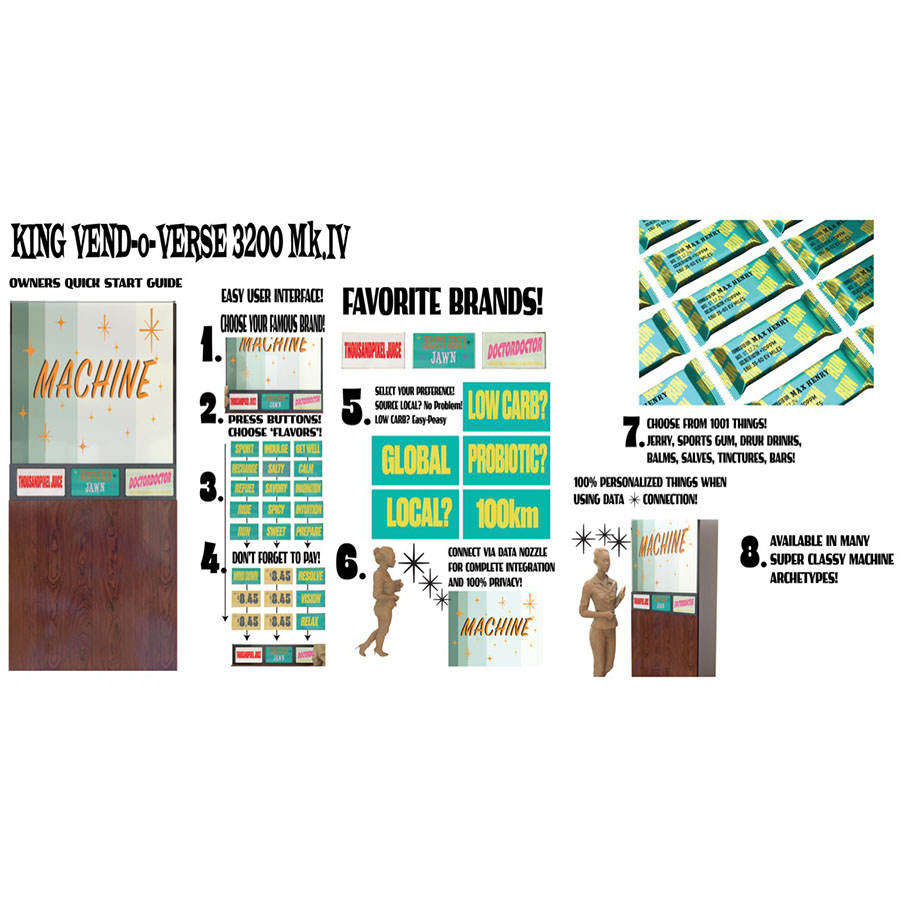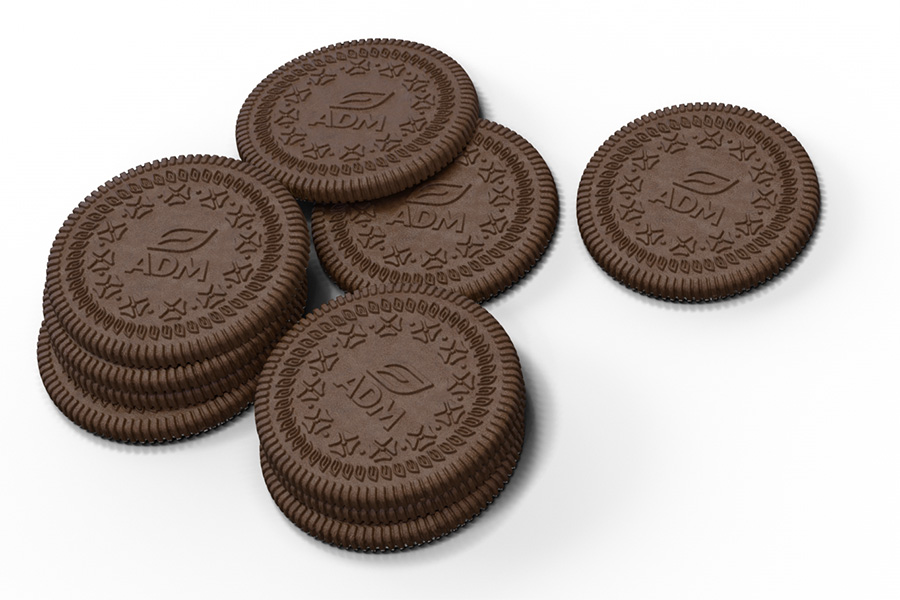
In an era where brands compete not just on products but on vision, Design Fiction emerges as an essential tool for navigating possible futures. It’s not about predicting what’s next — it’s about using speculative storytelling to examine the social, technological, and cultural currents shaping our world. Design fiction enables brands to prototype the future, creating narratives and artifacts that feel like glimpses of what might come.
This approach is particularly relevant when brands apply it to sustainability and social impact. Traditional advertising tells us why a product matters today; Design Fiction asks what role a brand could play in the world of tomorrow. Instead of positioning itself as a predictor, it opens up “what if?” scenarios that explore emerging values, behaviors, and challenges.

Design fiction thrives on provocative world-building, crafting artifacts — whether they are speculative commercials, fictional services, or near-future product concepts — that engage audiences in a more participatory way. These speculative artifacts serve as conversation starters, shifting the focus from passive consumption to active engagement.
This is what makes Design Fiction so compelling for sustainability initiatives — it doesn’t just inform; it immerses audiences in possible futures and lets them experience the stakes in a way that no corporate social responsibility report ever could.
Shifting Perspectives: Fiction as a Strategic ToolBrands that engage with Design Fiction aren’t simply telling stories; they are rewriting their role in the world. The ability to step outside present-day constraints and speculate about future transformations enables organizations to disrupt ingrained thinking by using fictional scenarios to challenge conventional industry assumptions; refine long-term strategies by exploring different futures helps businesses anticipate change rather than react to it; and connect with emerging audiences by using speculative storytelling to align with the shifting values and aspirations of evolving marketplaces.
This approach extends beyond advertising. When companies experiment with fictional yet plausible prototypes, they create testable visions of how their brand might evolve. It’s a way to surface challenges, rethink value propositions, and anticipate cultural shifts before they happen.
The Future Belongs to Brands That Imagine Harder Than The CompetitionDesign fiction isn’t just about fantasy; it’s about designing for what could be. It’s a process that allows brands to engage with uncertainty while shaping their place in the future. Whether through immersive campaigns, speculative prototypes, or future-world narratives, brands that adopt this mindset position themselves as cultural pioneers rather than passive market participants.
By embracing speculative storytelling, companies don’t just react to change — they help create it.
The Near Future Laboratory is a design and futures research studio. We help clients understand potential futures and how to influence them. If you’re interested in learning more about our approach to Design Fiction, get in touch.